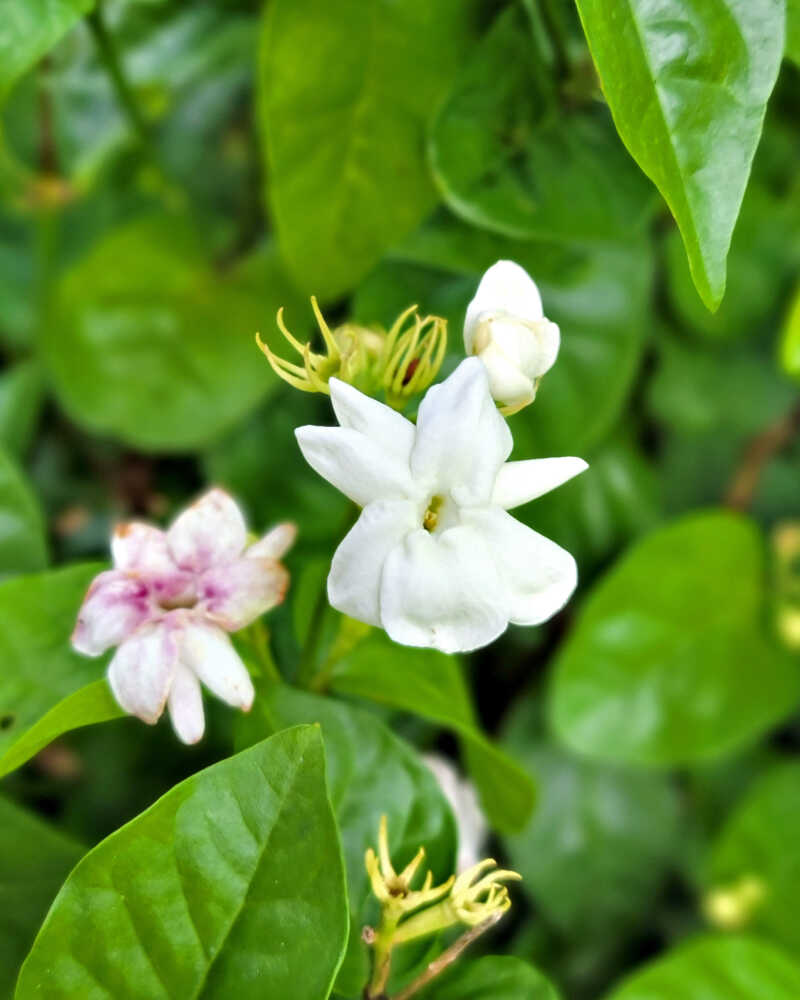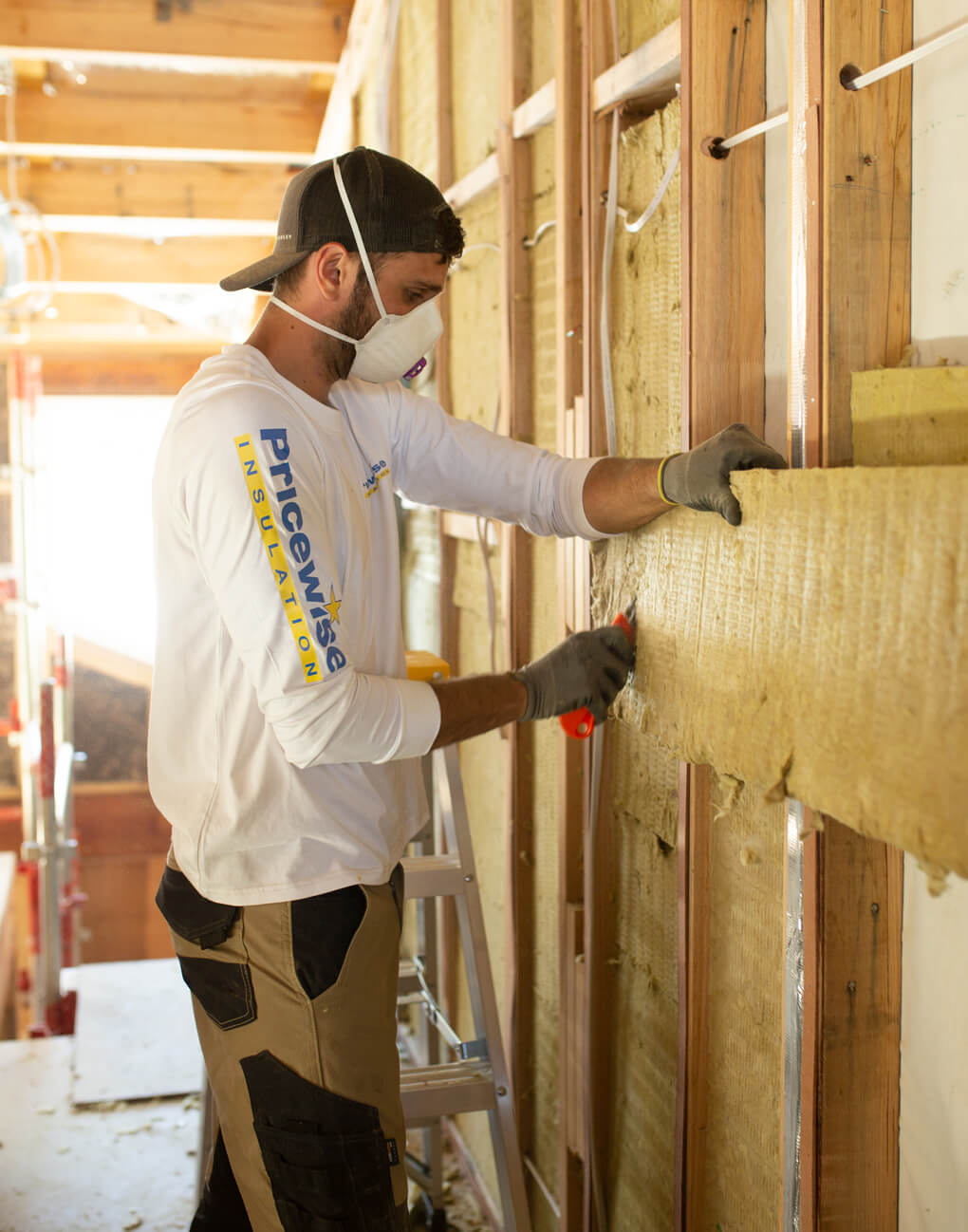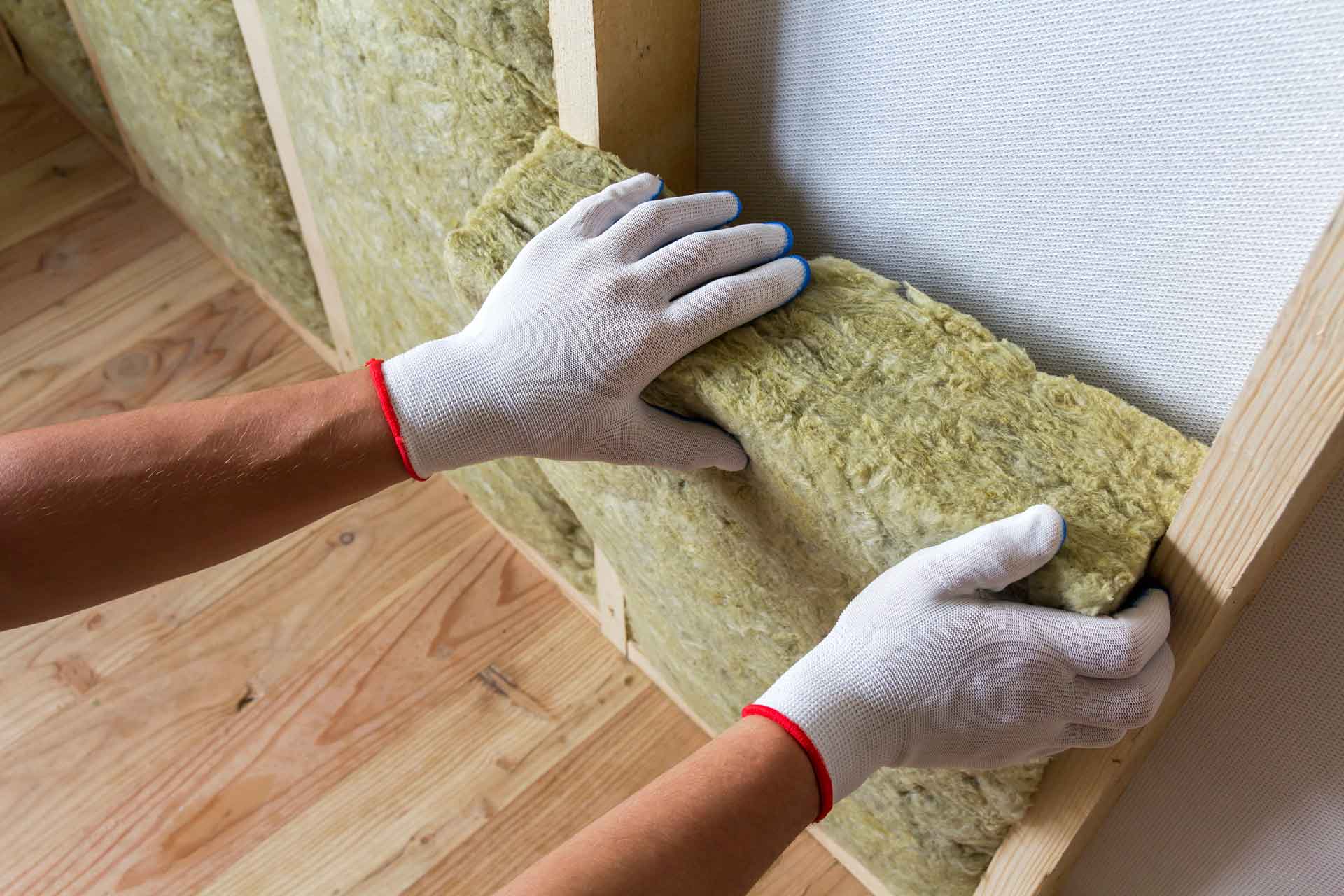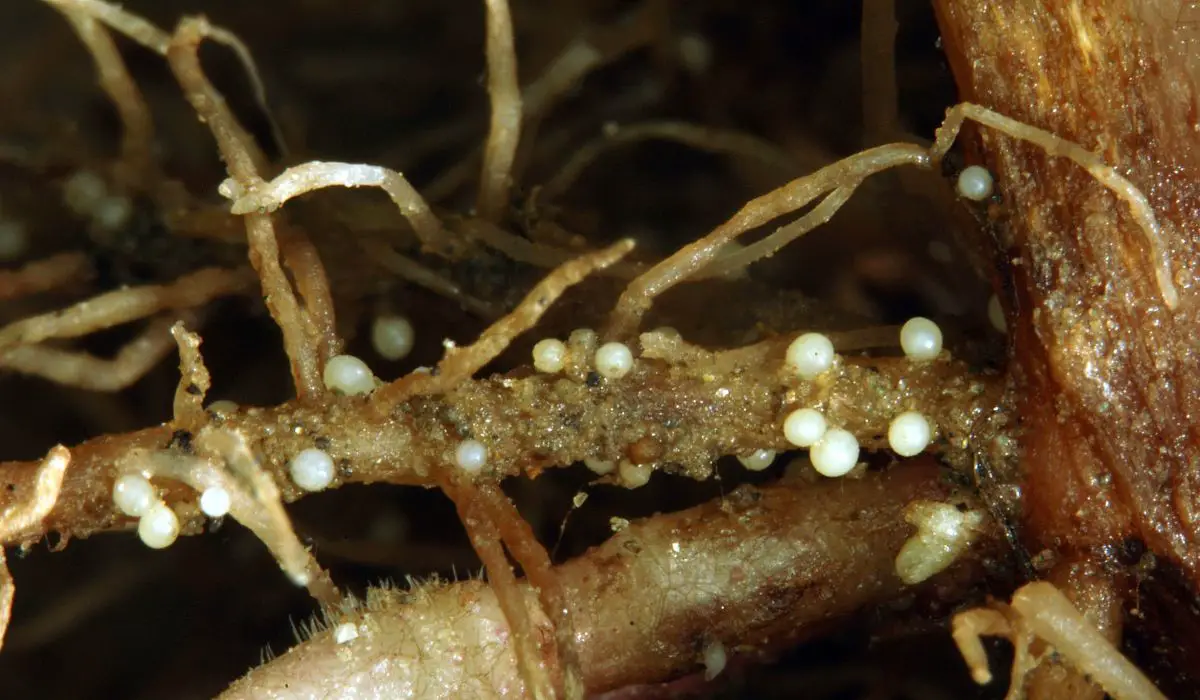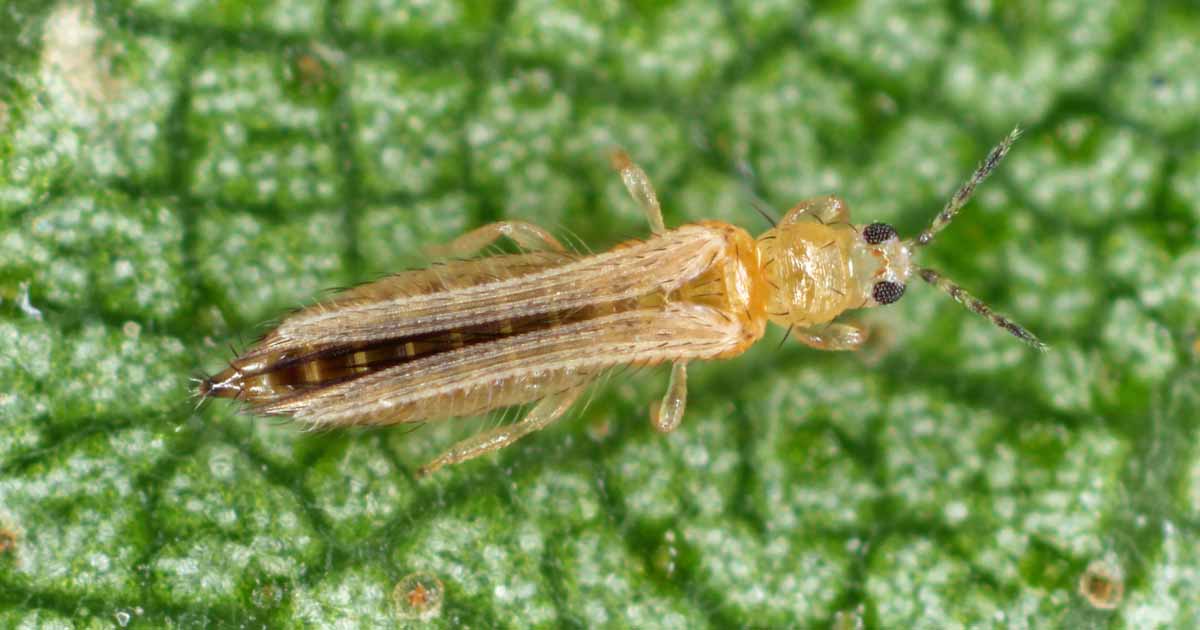What is the Best Fertilizer For Tomato Plants?
Tomatoes are heavy feeders and require plenty of nutrients in order to thrive, whether planted in the ground or containers. When selecting fertilizer for tomatoes, consider both their soil type and frequency of feedings as these will determine what works best. Looking for liquid plant food with an optimal N-P-K analysis. When planting seedlings, choose …



